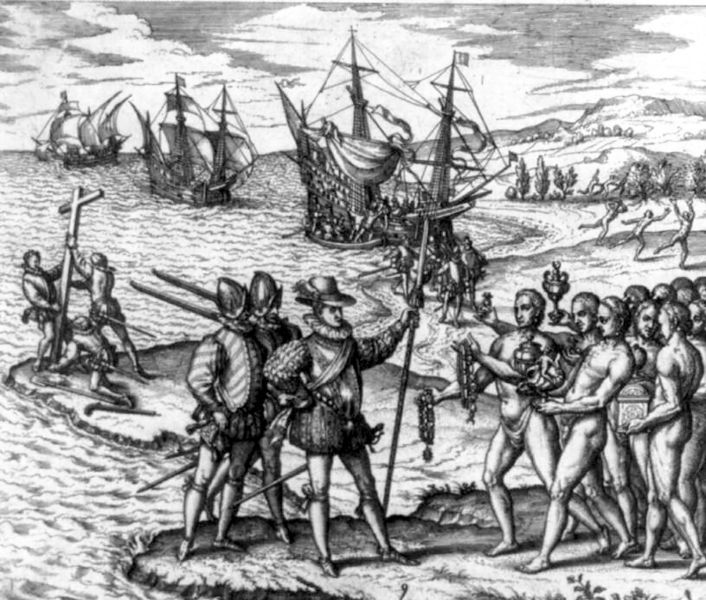The first American slaves who fought against the European colonial power
It was on a sugar plantation of Christopher Columbus' descendants that in 1521 blacks brought to the Dominican Republic rebelled for the first time against European colonial power.





